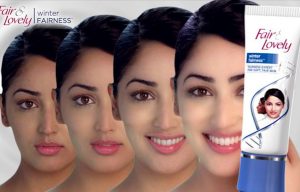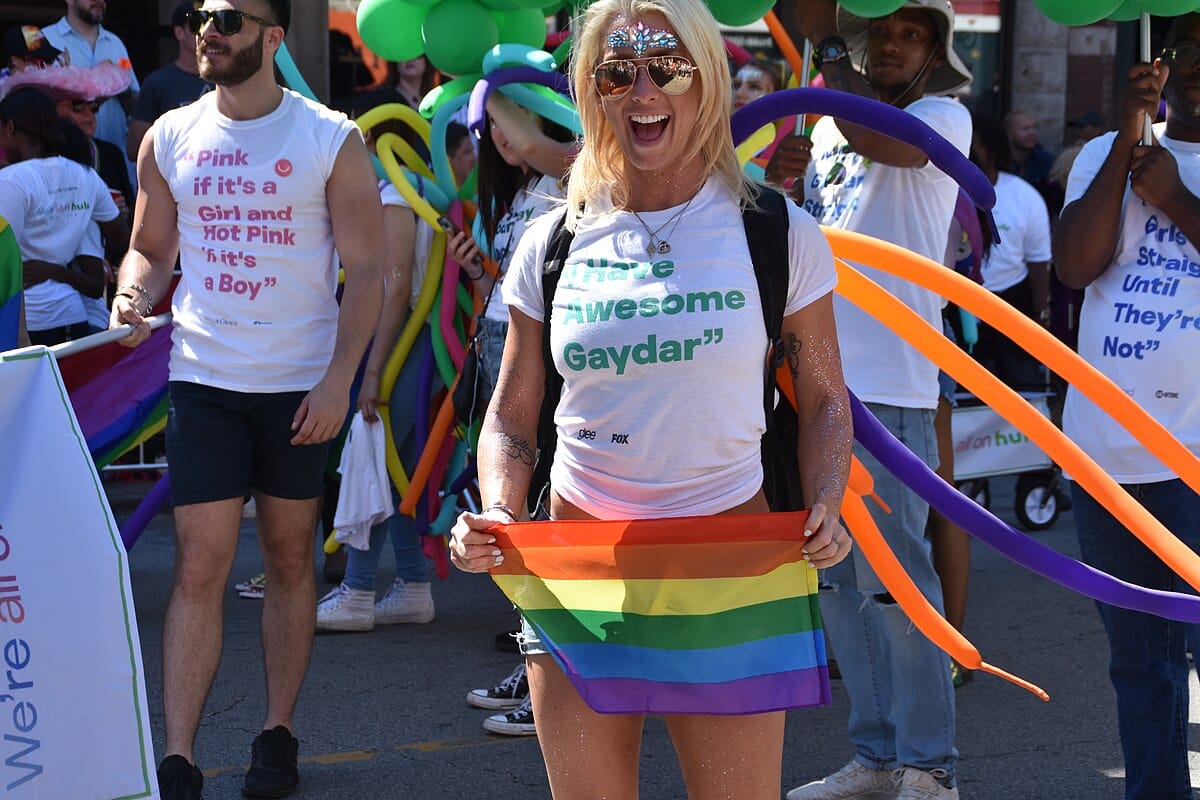It is no surprise that India has a colourism problem. Light skin is privileged over dark skin in India, period. This system of colourism, with its intersections with the caste system, creates structures that creates an unequal footing for darker skinned individuals, specifically women, in India. This colonial preference of light skin is internalised by numerous women and men around the country with the help of media campaigns and celebrity endorsements. They also have tangible and sometimes even fatal consequences for darker skinned individuals who become the target of discrimination and prejudice. As our country rapidly develops, what is hindering public education on colourism in India?
With an 18% growth rate, the skin lightening industry finds its biggest market in incredible India making capitalism an active agent in upholding colourism. A survey by Zero Hg, Mercury Working Group shows an estimated 735 million users in India of fairness cream mostly women and girls. This statistic is followed by Nigeria at an estimated 99.5 million in 2002. Unilever is ranked the fourth largest consumer goods company worldwide.
In 2011 Unilever’s personal care product segment was about 15.47 billion euros. Skin bleaching products represent about 23% of the skin care product market. Such large capitalistic gains of the skin lightening industry hinder public education on the topic of colourism. Capitalism becomes a rather significant pillar in the upholding of this white supremacist system.
Such large capitalistic gains of the skin lightening industry hinder public education on the topic of colourism.
A good example of this is Fair and Lovely, a brand name numerous Indian women have grown up hearing and even buying. Launched in 1978 by Unilever, Fair and Lovely is the most successful skin lightening product in India and a major segment adding to the success of Unilever. With numerous celebrity endorsements, the brand has become a product that is seen as essential in the beauty routine of the Indian woman. With 5 million dollars being spent on advertisement, it is hard to ignore the role of Fair and Lovely advertisements in shaping colourism in India. These advertisements continue to equate success of the modern Indian woman with light skin.
In their famous advertisement “Kaash beta hota” (If only I had a son) the protagonist, a common Indian woman, is shown to be heartbroken when she hears her father say “Kaash beta hota”. Seeing her daughter distraught, her mother offers her a tube of Fair and Lovely which radically changes her life. The advertisement shifts to the protagonist now with lighter skin, making more money, taking her parents out to dinner. Her father now approves of her, smiles, and says “Beta” (son). In his attempt to decode this rather problematic advertisement SAMBHI points out,
“Decoding this message, it is evident that the “barriers” that “society” imposes means caste barriers and skin tone barriers, especially when accompanied by their advertising images showing dark skin becoming progressively lighter. It is clear that the company advertising itself is promoting the idea of skin tone as a “barrier.” The word “confidence” is code for the idea that lighter skin will afford women more “confidence” to overcome “their own hesitations and fears,” squarely blaming women for the lack of confidence in their own skin that Fair and Lovely ads continue to promote”.
Such commercials allow a normalisation of colourism to take place and make light skin a social capital that determines the success of the Indian woman, who needs to depend on her beauty to succeed in the capitalist world. Stanford Law Professor Deborah L. Rhode makes the argument that “Women who fail to meet conventional beauty standards are often passed up for promotions and suffer from the economic effects of people’s perceptions of their attractiveness”. This shines light on the fact the gender gap in India is created with numerous intersections including caste and colour.
Light skin is being promoted as social capital for women in order to allow this multi-billion dollar industry to survive while simultaneously rooting gender norms. As women are shown to rise up their career ladder with light skin they also attain marital bliss only if they have the correct ‘wheatish complexion’. Fair skin is seen often promoted as a barrier that would ‘make up’ for a lower class, caste status.
Also read: The Advertising World Hates Women Who Are Comfortable In Their Skin
In a survey of marriage ads in the Hindustan Times, Glenn notes, only 2.8% of men mention their complexion while 13.5% of women mention theirs. The majority mention skin tone only if the skin is fair. This discrepancy in gender in a wanting of a fair spouse has serious consequences, one of them being objectification of women and their reduction to physical beauty.
Light skin comes to be seen as a way to break away from social norms and gain respect in Indian society.
This emphasis on light skin then has tangible consequences for women in the world of matrimony like seen with Sumera Bibi, a woman living in Calcutta who was burnt alive by her husband whose family thought she was not fair enough. Further, light skin as a contingency for marriage puts pressure on Indian women as marriage becomes a defining point in the life of an Indian women. A study performed by J. Camille Hall on African women living in Tennessee found that women who did not fit into this image of the ‘ideal partner’ also described as light skin, was associated with feeling inept, unwanted and inferior.
Women who do not meet up with these standards of light skin often suffer from low self esteem as so much capital is tied to light skin. Light skin comes to be seen as a way to break away from social norms and gain respect in Indian society. Further, these advertisements for fairness creams also promised healthier skin in the form of relief from dryness, protection from the sun, and fewer blemishes. However, what is often left out is the negative health consequences of skin lighteners.
Skin whitening creams work in numerous ways; while some use acid to give lighter skin underneath, other rely on its ability to reduce melanin production the chemical responsible for colour in skin tone. Other extreme skin bleaching creams use hydroquinone, a chemical that can take out an entire layer of skin causing health problems like itching and burning which could eventually lead to cancer.

Image Source: Kajal Mag
While creams like Fair & Lovely claim to not use them, numerous researchers including those at All India Medical Institute (AIIMS), are questioning whether the cream actually changes colour and if it does, the possibility of one of the harmful chemicals being used is higher. Further, this health risk is also geographically located as India has no regulations for the industry of skin lightening put in place despite the fact that skin lightening is a huge industry.
Also read: Beauty Standards – The Ugliest Trick Of Patriarchy
Colourism and skin lightening in India is a stellar case that shows us the need of using intersectionality to capture the depths of an issue. Our preference for light skin does not merely create beauty standards but also intersects with caste, class, and gender, and actually shapes the idea of womanhood in India. There is a multi-billion dollar industry being created on the basis of confining and reducing women to their skin colour, creating a rather un-fair and not so lovely status for women in India.
Featured Image Credit: Unfair and Lovely by Pax Jones
About the author(s)
Undergraduate studying Religion and Gender, activist, feminist. Gender pronouns - she/her/hers





kind of hypocritical to talk about colorisim when you used to bully a kid (A*****h) in 9th grade for being dark. People pretending to be woke are the most asleep. YOU are part of the system that disvavours dark skinned individuals.
Kind of hypocritical to talk about colorism when you used to bully Anirudh in school for his color. SMH.
kINd oF hYPOcrITiCaL tO tAlK aBoUt cOlouRISm